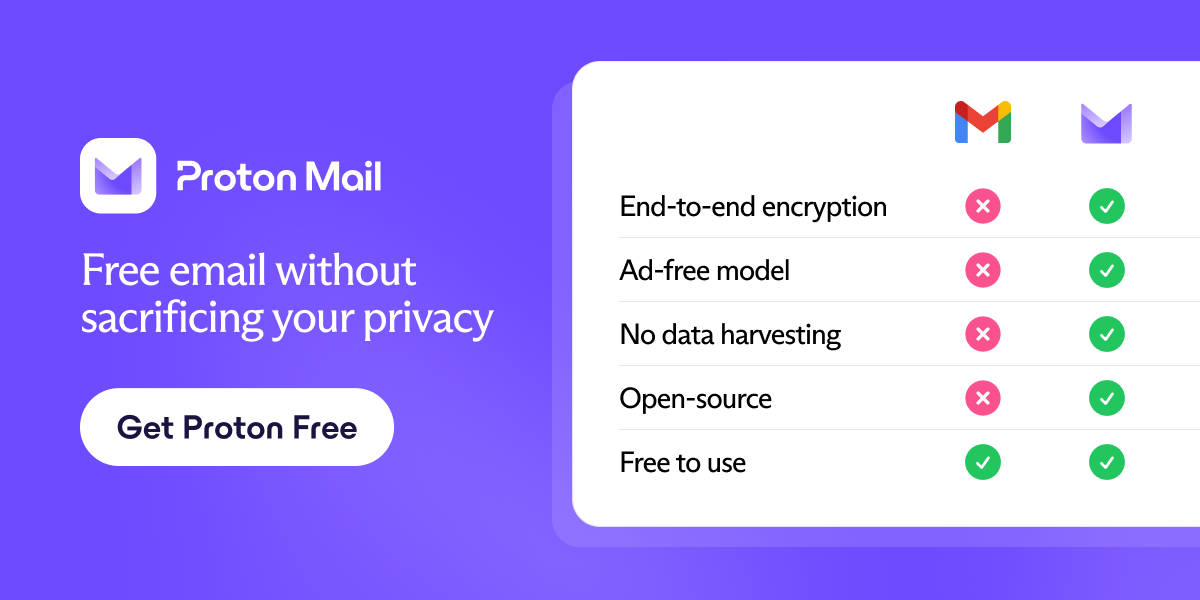- Cyber Corsairs 🏴☠️ AI Productivity Newsletter
- Posts
- 🏴☠️ How to Rewire ChatGPT’s Brain
🏴☠️ How to Rewire ChatGPT’s Brain
Tasks That Work on Schedule
Most AI-generated content is just a rehash of stuff you already know. It gives you the same vague, high-level advice you could find anywhere, never anything truly sharp or original. Then I saw this incredible breakdown from an industry pro who figured out why this happens and exactly how to fix it.
Modernize your marketing with AdQuick
AdQuick unlocks the benefits of Out Of Home (OOH) advertising in a way no one else has. Approaching the problem with eyes to performance, created for marketers with the engineering excellence you’ve come to expect for the internet.
Marketers agree OOH is one of the best ways for building brand awareness, reaching new customers, and reinforcing your brand message. It’s just been difficult to scale. But with AdQuick, you can easily plan, deploy and measure campaigns just as easily as digital ads, making them a no-brainer to add to your team’s toolbox.
*Ad
The Core Insight
The mind behind it argues that ChatGPT doesn’t lack intelligence; it lacks constraint. When you give it infinite options, it chooses the safest, most generic path. The secret is to force it into a corner and eliminate its ability to be lazy. This approach completely changes the quality of the output!
Here are three of the five micro-prompts the creator shared that force the AI to think structurally instead of just spitting out recycled text.
1. The Perspective Inversion
This one is brilliant. It forces the AI to argue against the conventional wisdom first, which creates the friction needed for a deeper, more nuanced answer. The original poster suggests this structure:
Before answering this, play devil’s advocate.
What’s the strongest argument AGAINST [your topic]?
Then explain why that argument is actually incomplete.
Then give your real answer with that context.
2. The Mechanism First
Instead of asking for a list of tactics, demand the underlying principle. This forces the AI to explain why something works before telling you what to do. The difference is getting first-principles thinking instead of a generic listicle. The author uses this format:
Don’t give me tactics yet.
First explain the mechanism that makes [topic] work.
What’s the underlying principle? Why does it actually function?
Only after explaining the mechanism should you give specific applications.
Find Your Next $100K+ Remote Job
Work anywhere and earn six figures with Ladders Premium.
Explore exclusive $100K+ remote jobs from top employers. Get help with Apply4Me, focus your search with keywords, and optimize your resume with AI.
Build a career that fits your lifestyle and goals while saving valuable time.
*Ad
Other awesome AI guides you may enjoy
3. The Inversion Stack
This is what this innovator calls “the nuclear option” for when you need a genuinely powerful insight. It’s a multi-step journey that makes the AI analyze a problem from its opposite angle. I was blown away by the results from this one! The prompt is a five-step process:
Question: [your actual question]
Step 1: What’s the exact opposite of what I’m asking?
Step 2: Why would someone choose that opposite?
Step 3: What’s the mechanism that makes the opposite work?
Step 4: What’s the minimal way to flip that mechanism?
Step 5: Apply that to my original question.
These techniques are about forcing the AI to be a thinking partner, not just a search engine. I’ve tried these and the shift in output quality is immediate.
The original post includes two more awesome prompts and a deeper explanation of the strategy. It’s an absolute must-read if you’re serious about getting better AI results.
Go check it out for the full guide.
Free email without sacrificing your privacy
Gmail tracks you. Proton doesn’t. Get private email that puts your data — and your privacy — first.
*Ad



